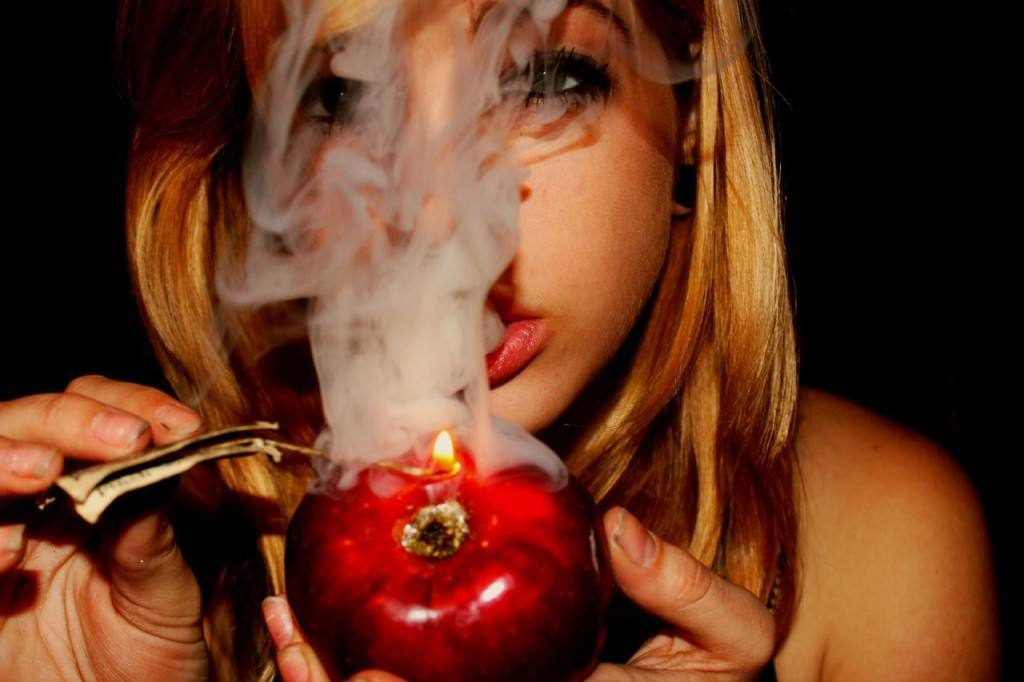sodanksodank
New member
Title says it, sorry if this has been asked before I'm having trouble finding the search feature on mobile. I've heard you can use a one micron filter to remove the sulfur before purging. Can it be distilled out? Thanks everybody.





